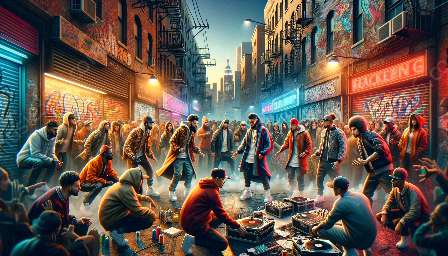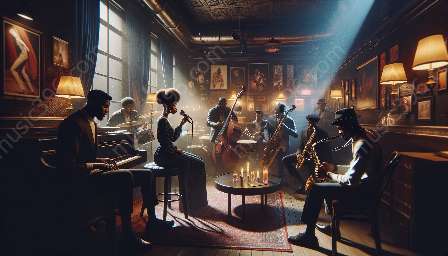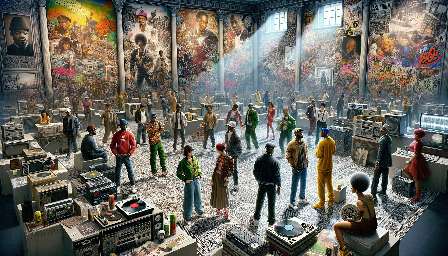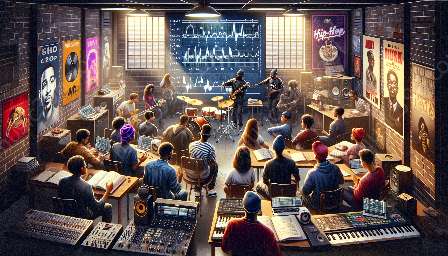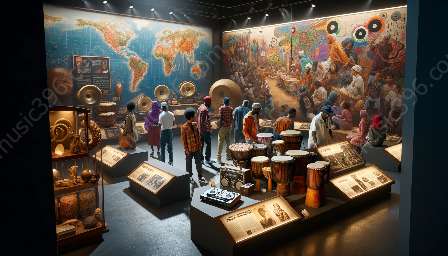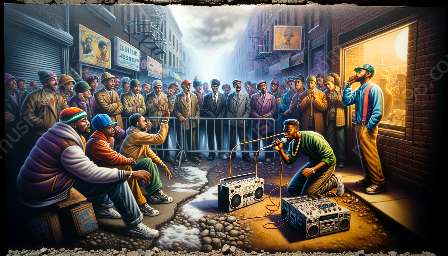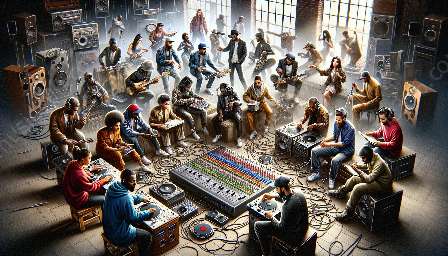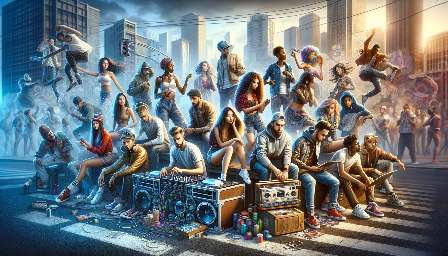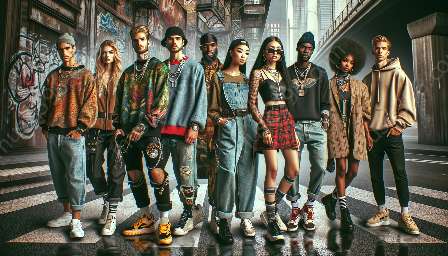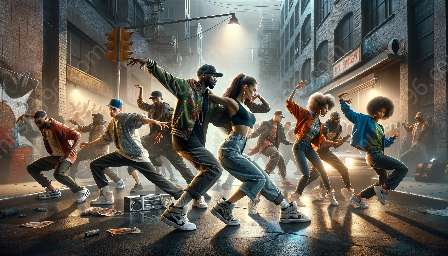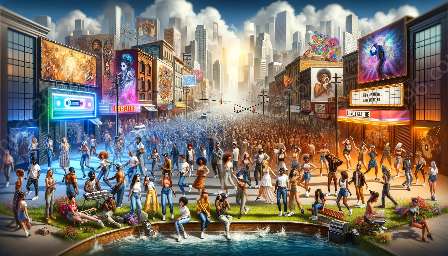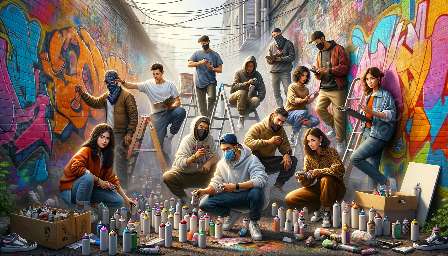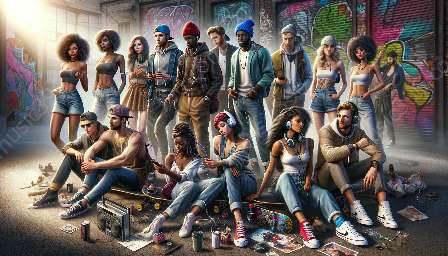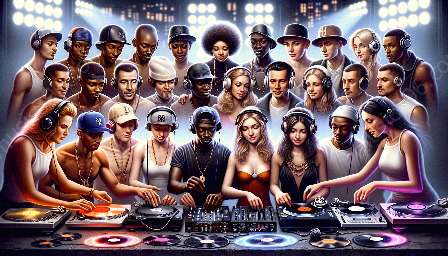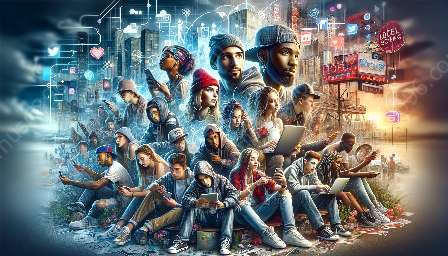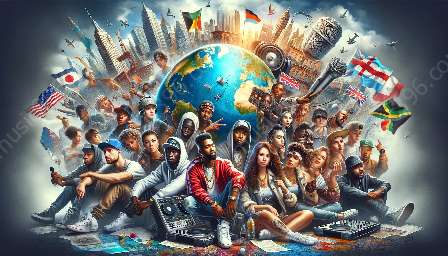As hip-hop culture emerged in urban environments, graffiti art became intrinsically linked to its expression, leading to a dynamic interplay between the two. The influence of hip-hop on graffiti art and vice versa is undeniable. This article explores the role of graffiti in hip-hop culture, delving into its origins, evolution, and impact on urban landscapes.
The Origins of Hip-Hop and Graffiti Art
Hip-hop culture emerged in the 1970s in the Bronx, New York, as a response to the socio-economic challenges faced by black and Latino communities. It encompassed various art forms, including DJing, MCing, breakdancing, and graffiti art. Graffiti, initially seen as a form of urban vandalism, quickly became an integral part of the hip-hop movement, providing a means of self-expression and reclaiming public spaces.
The Rise of Graffiti Art within Hip-Hop Culture
Graffiti art served as a visual representation of the marginalized voices within urban communities. It provided a platform for self-expression and an avenue for artists to challenge societal norms. This art form was not confined to traditional canvases but expanded to the walls and trains of urban landscapes, transforming these spaces into vibrant galleries of urban expression.
The Role of Graffiti in Shaping Urban Environments
Graffiti art played a pivotal role in shaping the visual identity of urban environments. It transcended traditional art spaces, bringing creative expression directly to the streets. The colorful murals and tags showcased the vibrancy and diversity of urban cultures, often serving as a form of documentation and commentary on social and political issues.
The Dynamic Relationship Between Hip-Hop and Graffiti Art
The relationship between hip-hop culture and graffiti art is symbiotic. Graffiti art served as a visual representation of hip-hop's rebellious and revolutionary spirit, while hip-hop music and dance provided the soundtrack and ambiance for graffiti artists as they worked in urban landscapes. This dynamic relationship continues to shape and influence both art forms to this day.
Influence on Urban Aesthetics and Street Art
Graffiti art has significantly impacted urban aesthetics, challenging conventional ideas of art and beautification. What was once seen as vandalism has evolved into a respected art form, with cities around the world embracing street art as a means of cultural expression and revitalization. Graffiti art has introduced a raw, unfiltered element to urban landscapes, contributing to the evolution of street art as a recognized and celebrated form of artistic expression.
Empowerment and Social Commentary
Graffiti art has empowered marginalized communities by providing a platform for self-expression and storytelling. It has been used as a tool for social commentary, shedding light on issues such as inequality, racism, and gentrification. Through their art, graffiti artists have created a visual dialogue that resonates with the experiences of urban dwellers and challenges the status quo.
The Global Reach of Hip-Hop and Graffiti Art
Both hip-hop culture and graffiti art have transcended geographical boundaries, becoming global phenomena. They have served as mediums for cultural exchange and have influenced artistic movements worldwide. From New York to Paris, Tokyo to São Paulo, the impact of hip-hop culture and graffiti art is evident in the streets of major cities, showcasing the universality of their themes and messages.
Conclusion
The relationship between hip-hop culture and graffiti art is multifaceted and deeply intertwined. Both art forms have played pivotal roles in shaping urban environments, providing platforms for self-expression, empowerment, and social commentary. Their dynamic interplay continues to influence contemporary art and music, showcasing the enduring impact of hip-hop culture and graffiti art on the global cultural landscape.

